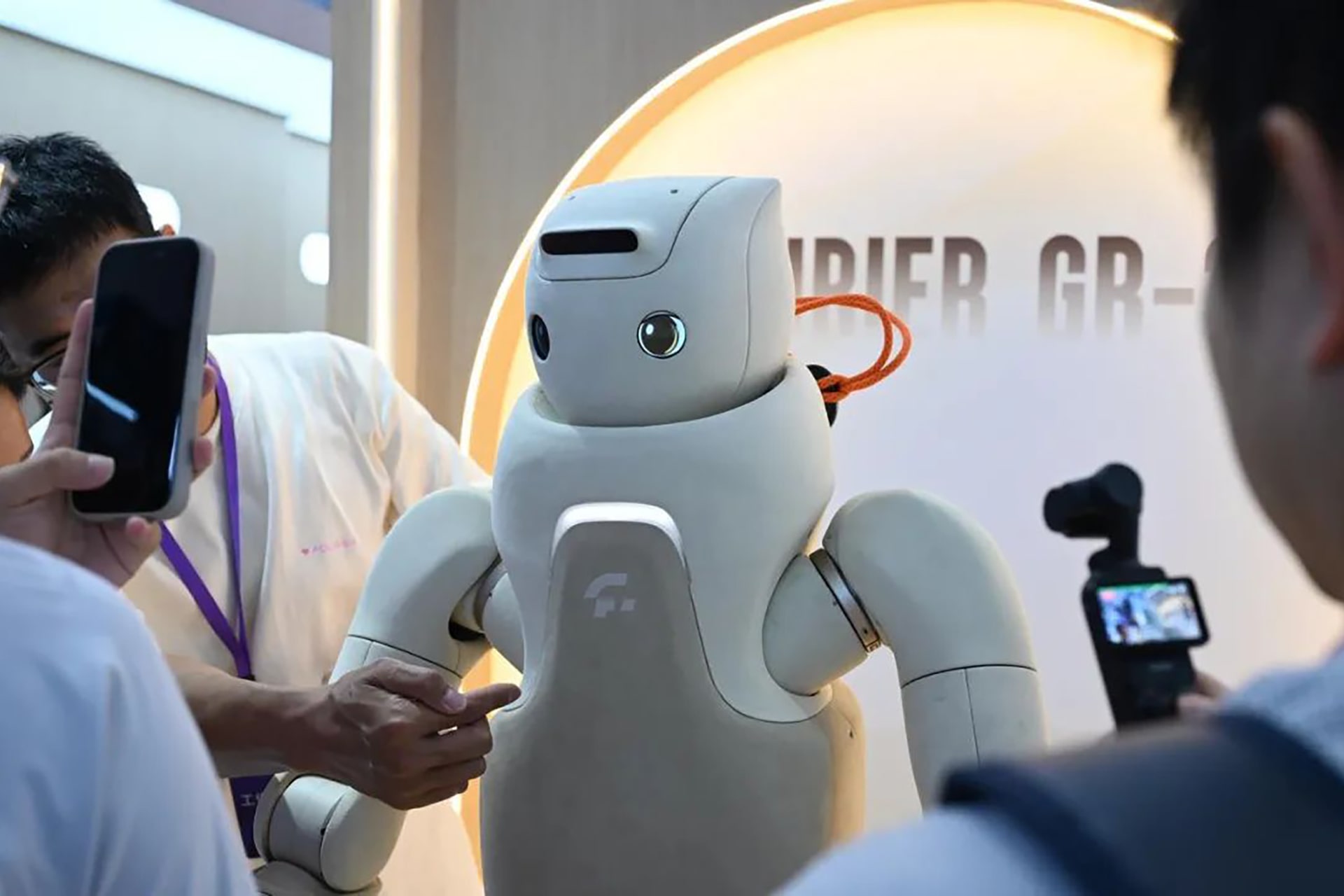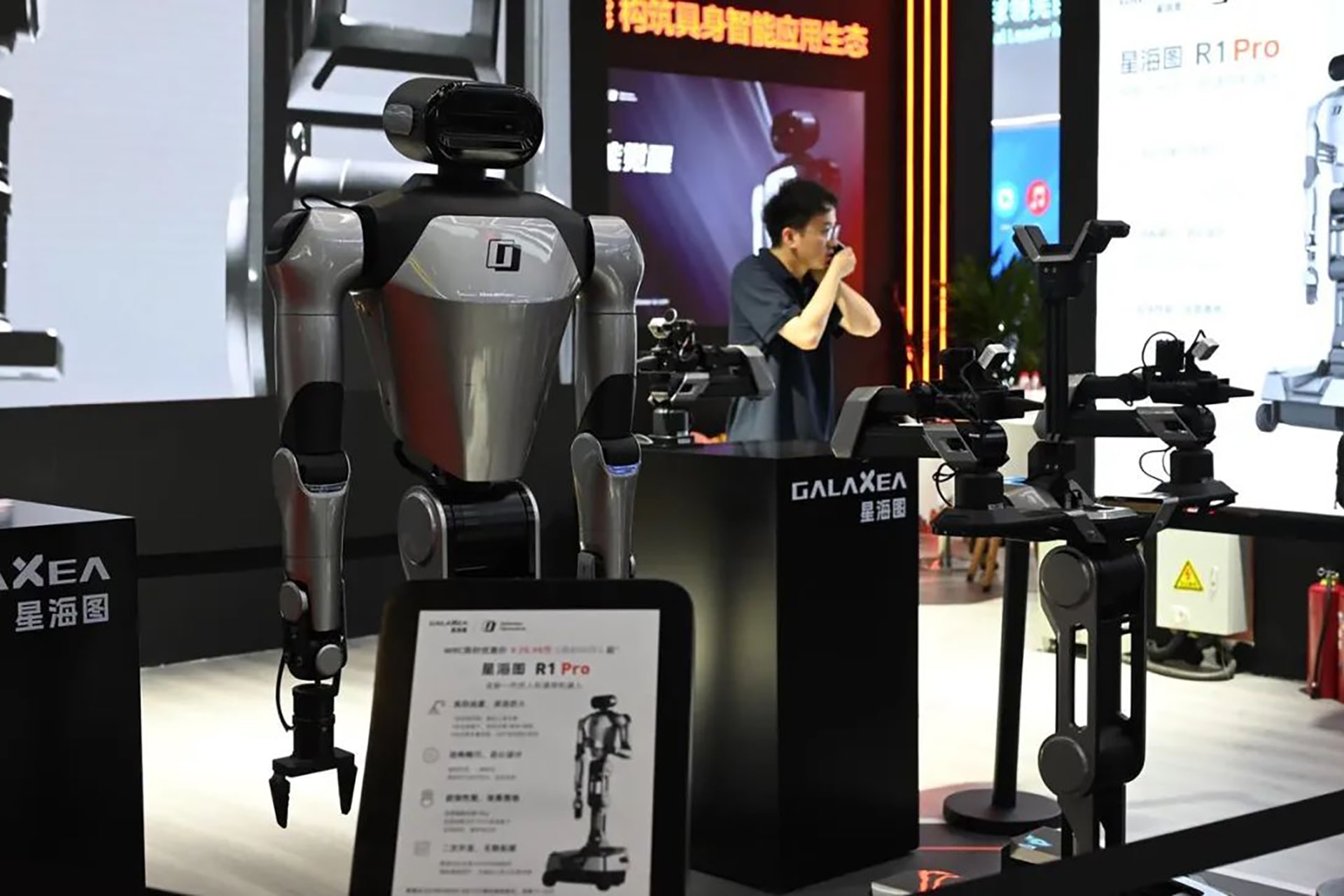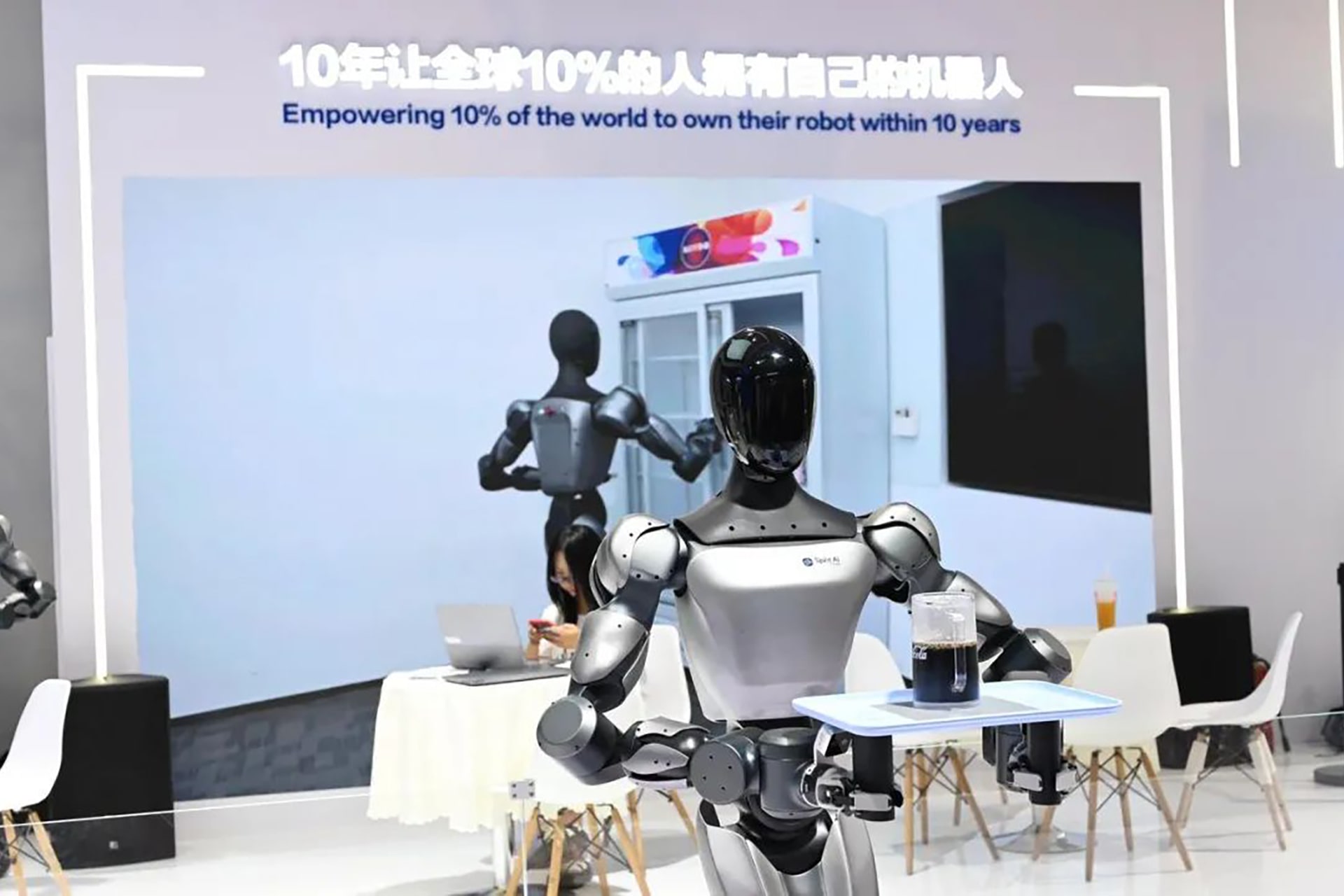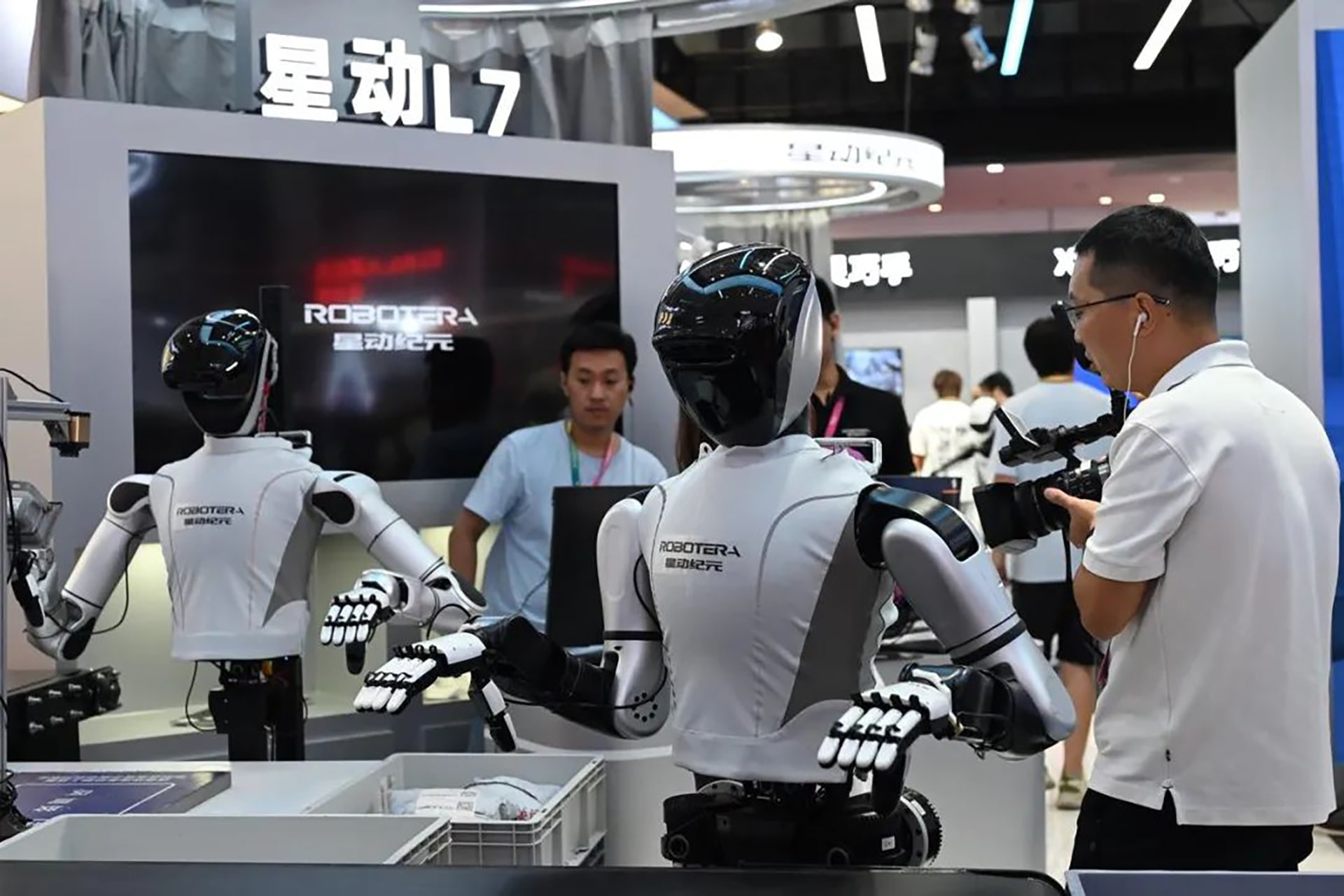Just days after the World Artificial Intelligence Conference (WAIC) concluded, the World Robot Conference (WRC) opened on August 8 in Yizhuang, Beijing.
Embodied intelligence, an active investment area over the past two years, continues to attract capital. In August, robot developers including Fourier Intelligence, Agibot, PaXini, Noetix Robotics, Linkerbot, and Vita Dynamics announced funding rounds, some raising nine-figure RMB sums.


This year’s WRC reflects that trend. More than 200 robot companies are exhibiting, from established industrial robot makers to new embodied intelligence startups. Over 50 are humanoid robot manufacturers. The exhibition features more than 1,500 products, with over 100 shown publicly for the first time.
The event presents a consolidated view of Chinese embodied intelligence companies and their latest offerings. Firms such as Unitree Robotics, Galbot, EngineAI, Galaxea AI, and Spirit AI displayed new humanoid robots, highlighting advances in design, scene-based control, and operational functions.



Demonstrations, including walking, running, and acrobatics, as well as Unitree’s robot combat displays, were part of the program.
A key focus was potential real-world applications. Many booths presented deployment scenarios, with humanoid robots navigating the exhibition area or performing simulated operational tasks.
Industrial, service, logistics, and healthcare uses were prominent. Demonstrations included robots sorting parcels, moving crates, and providing retail or restaurant services, indicating adaptability and interactive capability in commercial settings.
In industrial automation, demand-side constraints are emerging despite mature technology. In his opening keynote, Takayuki Ito, president of the International Federation of Robotics, said 2024 has been a challenging year for industrial robotics. “Preliminary results show that global new installations fell 3% to 523,000 units. All three major regions reported a decline in investment, Asia down 2%, Europe down 6%, and the Americas down 9%,” he said. “Today’s humanoid robots still cannot work in collaborative modes. There remain many problems to solve before they can be commercially viable in such scenarios,” Ito added.
For embodied intelligence to gain broader adoption, manufacturers will need to improve collaborative functions, develop sector-specific solutions, and reduce costs.
The shift toward mass production is already reshaping pricing and distribution. At this year’s WRC, several new products showed lower price points. The Unitree R1 “Intelligent Companion,” starting at RMB 39,900 (USD 5,600), was the least expensive humanoid robot on display. Weighing about 25 kilograms, it supports custom development and integrates a multimodal model for voice and vision. Other consumer-oriented robots, including quadruped models, powered exoskeletons, and educational or companion units, were offered at even lower prices.
Distribution channels are also expanding. JD.com, the WRC’s exclusive global strategic partner, launched a plan to accelerate industry development, committing more than RMB 10 billion (USD 1.4 billion) to support 100 robotics brands in reaching annual sales of RMB 1 billion (USD 140 million) each within three years, and to integrate robots into over one million user scenarios.
On August 9, Robot Mall, described as the world’s first embodied intelligence 4S store, opened in Yizhuang Industrial Park. The 4,000-square-meter venue displays more than 50 robot models from over 40 companies, including Skywork, UBTech’s Walker S, and Unitree’s G1 humanoid robot.
For industrial robot makers, overseas markets are well established. In the first half of 2025, China exported 94,200 industrial robots worth USD 746 million, a year-on-year increase of 59.74%.
Humanoid robot companies are following a similar approach. Several WRC exhibitors reported that a significant portion of their sales come from abroad, with clients in Europe, North America, Japan, South Korea, and the Middle East. Customers include multinational corporations, major technology companies, and academic institutions. Common market entry methods include attending international expos, responding to inbound inquiries, and working with distributors.
Robot Era, an embodied intelligence company incubated at Tsinghua University, receives more than half of its orders from overseas. Nine of the world’s top ten technology companies are among its customers.

At a WRC forum, Rev Lebaredian, vice president of Omniverse and simulation at Nvidia, said China’s advantages in robotics include AI R&D capacity, a large talent pool, expertise in electronics and electrical engineering, and the ability to use manufacturing resources for mass production, deployment, and iteration.
Although technical barriers remain, Chinese companies are now significant participants in the global robotics sector. For many of the new developers, targeting overseas markets from the outset has become part of their operating strategy.
